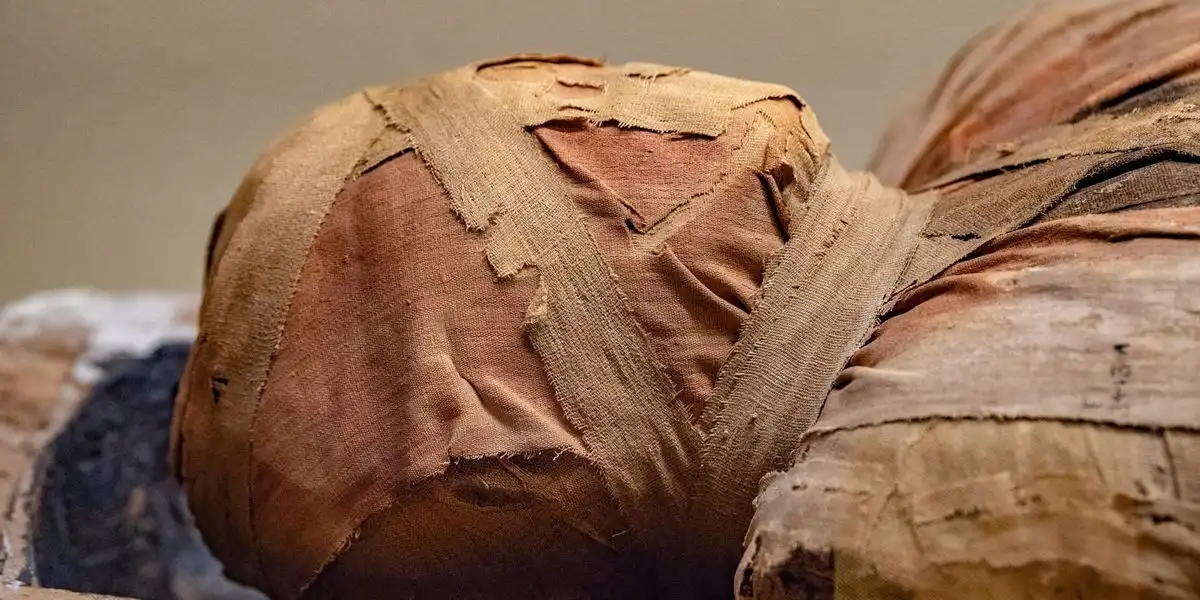Archaeologists discover mysterious mummies in Chinese desert
Experts narrow origins of mummies in Chinese desert. Surprising results reveal they were descendants of Ancient North Eurasians.
The discovery of mysterious mummies in the Chinese desert has caused quite a stir among experts. While mummification is often associated with Ancient Egypt, mummified objects have been found in various parts of the world. In Peru, for example, experts were puzzled by the discovery of mummified remains with only three fingers.
Similarly, the discovery of hundreds of human mummies in China's Xinjiang Uyghur Autonomous Region left experts scratching their heads. The mummies, dating from between 2,000 BCE to 200 CE, displayed "Western" features and were found wearing colorful wool clothing. They were buried in boat-shaped coffins covered with cow hides, a tradition that seemed out of place for the region.
In a new study published in the journal Nature, researchers analyzed the genetic data of 13 of the earliest known Tarim Basin mummies, dating back to 2,100 to 1,700 BCE. The results revealed that the mummies were direct descendants of the Ancient North Eurasians, a group of hunter-gatherers who occupied the north Eurasian steppe and Siberia. This finding contradicted previous theories about the origins of the mummies, such as being herders from the Black Sea region of southern Russia, Central Asians, or early farmers on the Iranian Plateau.
Christina Warinner, a study author and professor of Anthropology at Harvard University, stated, "Despite being genetically isolated, the Bronze Age peoples of the Tarim Basin were remarkably culturally cosmopolitan - they built their cuisine around wheat and dairy from West Asia, millet from East Asia, and medicinal plants like Ephedra from Central Asia." The study provided new insights into the origins and cultural practices of the mysterious mummies found in the Chinese desert.











Comments on Archaeologists discover mysterious mummies in Chinese desert